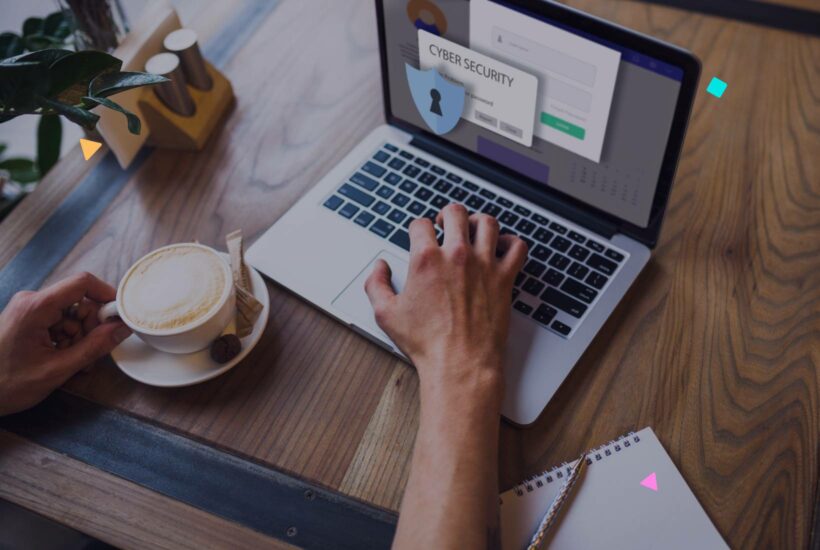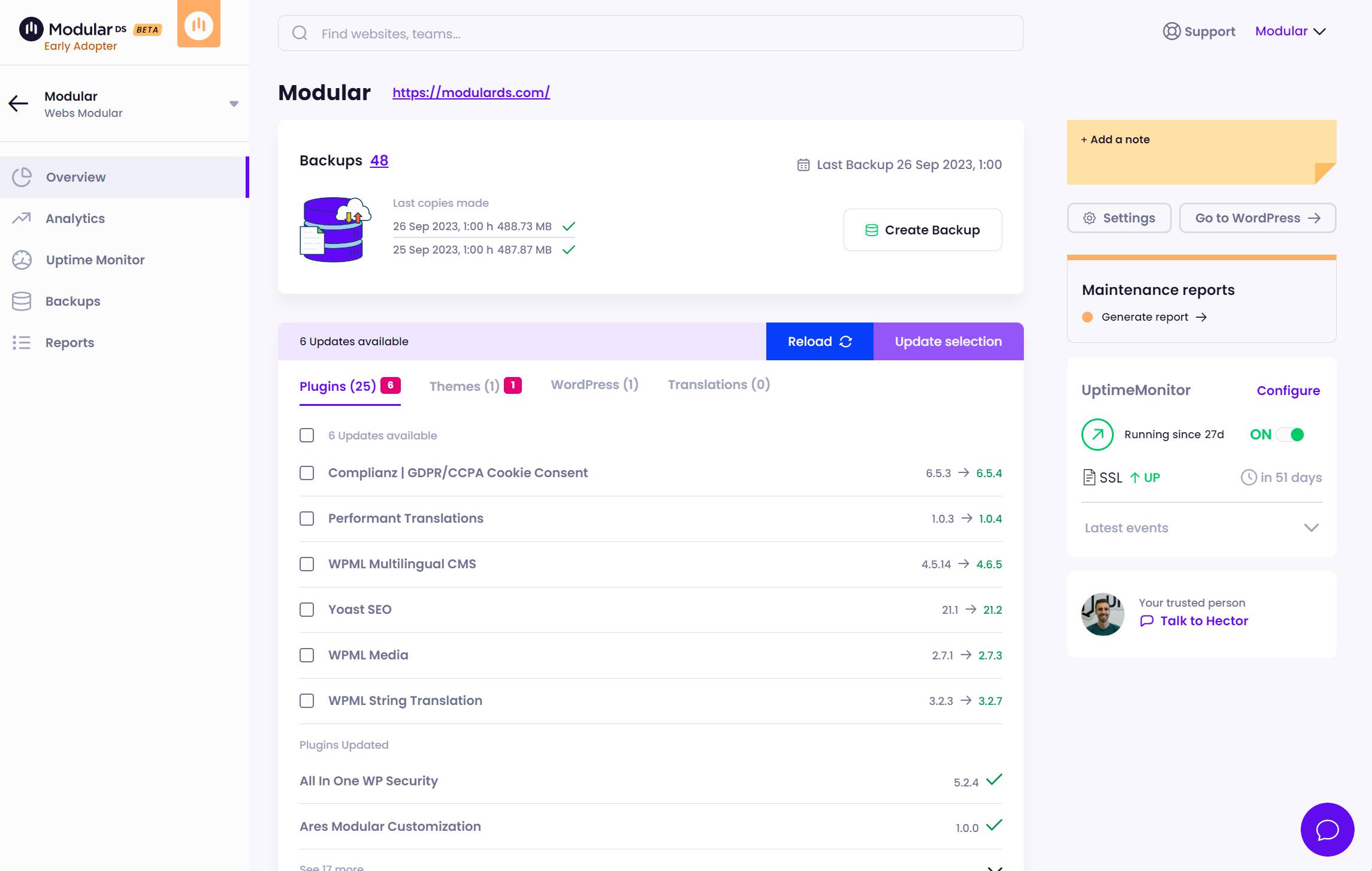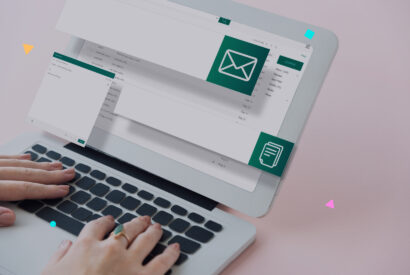WordPress Security Checklist

WordPress is one of the most popular content management systems, but its popularity also makes it a frequent target for security attacks. Therefore, it is crucial to implement robust security measures. This article provides an exhaustive checklist to secure your WordPress site.
Tabla de contenidos
15 Steps to a Secure WordPress
- Constant Updates
- WordPress Core: Regularly access your WordPress admin panel and update to the latest available version.
- Plugins and Themes: Review and update your plugins and themes from the admin panel, ensuring they are always at their latest version.
- Password Management
- Strength: Create passwords that combine letters, numbers, and symbols, and avoid predictable words or dates.
- Password Manager: Use applications like LastPass or 1Password to generate and store secure passwords.
- Two-Factor Authentication (2FA)
- Activate 2FA on your WordPress site through specific plugins like Google Authenticator or Duo Two-Factor Authentication.
- Backups
- Regularity: Schedule automatic backups using plugins like UpdraftPlus or Jetpack.
- Secure Storage: Store your backups in cloud storage services or on external local devices.
- Hosting Security
- Choose hosting providers that offer integrated security tools, such as firewalls, malware monitoring, and SSL support.
- SSL Certificate
- Install an SSL certificate through your hosting provider or services like Let’s Encrypt to encrypt your site’s communication.
- Limit Login Attempts
- Use plugins like Limit Login Attempts or WP Limit Login Attempts to restrict the number of failed login attempts.
- Security Scanning and Monitoring
- Implement plugins like Wordfence or Sucuri to perform regular scans for malware and vulnerabilities.
- File and Permission Configuration
- Review and adjust the permissions of your files and directories through your FTP client or hosting control panel to ensure they are secure.
- WAF (Web Application Firewall)
- Install a WAF as part of your security solution, either through a plugin like Wordfence or an external service like Cloudflare.
- SPAM Protection
- Use plugins like Akismet to filter spam comments or use CAPTCHAs on forms.
- Login URL Customization
- Change the default login URL using plugins like WPS Hide Login.
- Removal of Sensitive Information
- Hide WordPress version and plugin information by editing your theme’s code or using specific plugins.
- Security Audits
- Hire security professionals to conduct regular audits and obtain improvement recommendations.
- Education and Awareness
- Stay informed about the latest WordPress security practices and share this information with your team.
You can download the excel and add your projects to carry out the checklist.
Conclusion
Securing a WordPress site is essential given its popularity and the consequent risk of attacks. This security checklist covers crucial aspects such as regular updates, advanced password management, two-factor authentication, and protection against common vulnerabilities. By following these practices, you reinforce your site’s defenses, protecting it from threats and keeping it safe for your users. WordPress security is an ongoing and dynamic process, requiring constant attention to adapt to new threats. Implementing this checklist not only improves your site’s security but also contributes to the trust and positive experience of your visitors.

Frequently Asked Questions (FAQs)
How can I effectively keep my WordPress site up to date?
To keep your WordPress site updated, you should regularly access your admin panel and apply all available updates for WordPress core, plugins, and themes.
What methods are recommended for creating secure passwords?
It is recommended to use passwords that include a mix of upper and lowercase letters, numbers, and symbols. Avoid common words or easily guessable personal information. Using a password manager can help create and store secure passwords.
How is two-factor authentication set up in WordPress?
You can set up two-factor authentication in WordPress using specialized plugins like Google Authenticator or Duo Two-Factor Authentication, adding an extra layer of security to your login process.
What is the best practice for performing and storing WordPress backups?
It is advisable to perform backups regularly and automatically using plugins like UpdraftPlus or Jetpack. These backups should be stored in a secure location, preferably off the server hosting your site, such as in cloud storage services or external devices.
How to choose a secure hosting provider for my WordPress site?
When choosing a hosting provider, look for security features such as firewalls, malware monitoring, SSL support, and automatic updates. The provider’s reputation and reviews are also important to consider.


